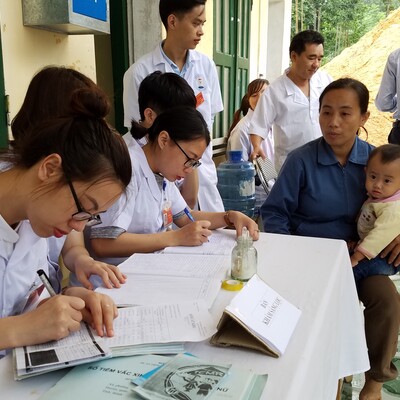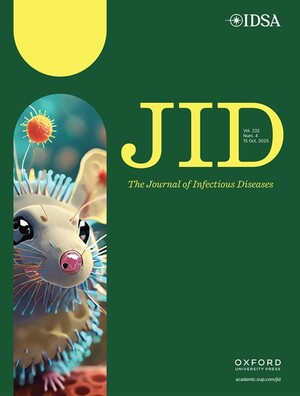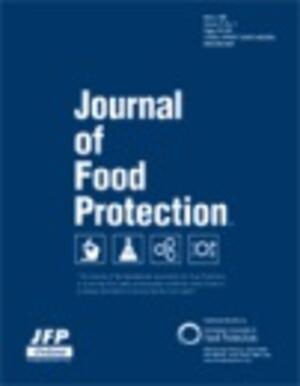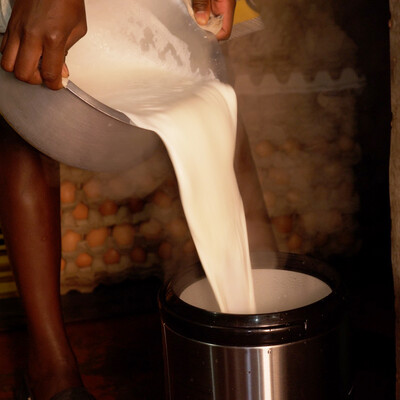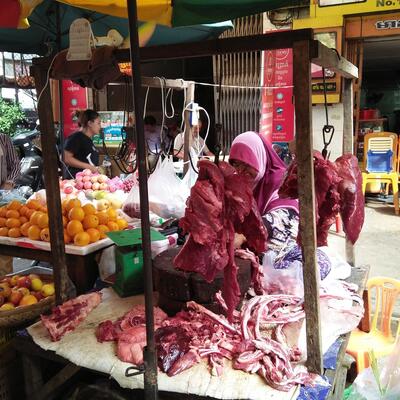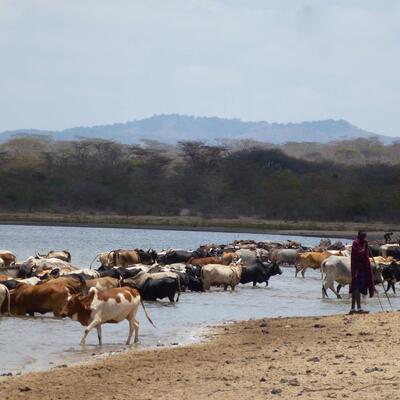
Safe Food, Fair Food project presents preliminary findings on survey in Kampala pig abattoir
Wambizzi Cooperative Society Limited is a Ugandan piggery cooperative that was founded in 1971 and currently runs the only registered pig abattoir in Kampala.
Following an invitation by the management of the cooperative to visit the abattoir, the Safe Food, Fair Food project conducted a qualitative survey on slaughter hygiene in early August 2012.
On 16 August 2012, Kristina Rösel (ILRI Kampala/Free University Berlin) and Katie Holmes (project intern from the University of Wisconsin) presented the preliminary survey findings to the cooperative’s board members and other stakeholders at a workshop held in Kampala.
Among the key findings of the survey were:
- Wambizzi potentially represents an important link to the market for the smallholder farmers (ILRI’s target group). It was once set up by farmers as a cooperative to promote piggery and facilitate transport to the slaughter house and market access in urban Kampala. However, market liberalization and reduced government support put high pressure on the cooperative which is competing with many informal slaughter slabs and butcheries in town. The cooperative seeks support in reorganizing its structure to return to its roots for the benefit of the pig farmers.
- There is no true ownership for meat safety due to interlinked financial dependencies benefiting the traders but neither the cooperative members nor the consumers. One example is that the abattoir workers are hired and paid in kind by the traders and not by the abattoir management with the logical consequence that the worker listens to instructions from the trader rather than the abattoir management.
- Several possible risk factors that may compromise pork safety were identified in the slaughter process. These include:
a) the location in a swampy area resulting in regular flooding;
b) poor design of the slaughter facilities does not allow a clear separation between clean and dirty;
c) anyone from outside has physical access to the slaughter house and the people working there;
d) lack of prerequisites (e.g. electricity, cold room, distribution of tap water, hand washing facilities, tools etc.);
e) long delays between processing steps;
f) incomprehensive inspection;
g) poor condemnation policy;
h) lack of cooling facilities during transport of meat from the abattoir to the point of sale.
It is important to note that we cannot state whether there is a risk for public health until we have analyzed biological samples which we plan to carry out in October-November 2012.
Some 20 participants attended the workshop with representatives from the Office of the Vice President, the National Livestock Resources Research Institute (NaLIRRI), Makerere University, the Uganda National Farmers Federation (UNFFE), the Federation of Uganda Exporters Association (FAUEX) and the Norwegian Business Centre. District Veterinary Officers and Livestock Improvement Officers from Masaka were also present. One of the meat inspectors who participated in the survey also took part in the meeting.
The lively discussion that followed showed that piggery and pork consumption are relevant in Uganda but not given the necessary attention they deserve.
We thank the management of the Wambizzi abattoir for their openness and for facilitating the survey including interviews with the two permanent meat inspectors, a group discussion with 10 workers and open access to the slaughter facilities.
We also acknowledge the support given by our colleagues at Bioversity International in organizing the workshop.
For more information, please contact Danilo Pezo (d.pezo @ cgiar.org) or Kristina Rösel (k.rosel @ cgiar.org).






